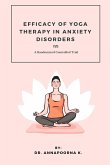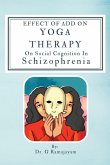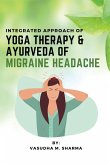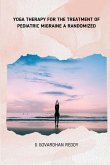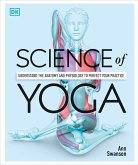Background: Menstrual health is often ignored for a number of reasons, resulting in a variety of issues such as prolonged menstruation, miscarriage, pregnancy complications, and infertility. The present study is chosen in order to determine an alternative and authentic approach through yoga, to assess the effect of yoga on the on hormone levels like estrogen and Luteinizing hormone and haemoglobin in subjects with menstrual disorder and also to evaluate the quality of life in subjects with menstrual disorders.Objectives:¿¿¿¿ To assess the effect of yoga therapy on hormone levels like estrogen andLuteinizing hormone in subjects with menstrual disorder.¿¿¿¿ To analyse the outcome of yoga in improving haemoglobin level.¿¿¿¿ To evaluate the quality of life in subjects with menstrual disorder.Methodology: 100 subjects with menstrual disorder of the age group 18 to 25 years are selected randomly for this study. They were classified into two groups, i.e experimental and control with 50 subjects each. They were further classified into two groups, heavy bleeding and scanty bleeding based on their complaint. The control group continued with normal lifestyle. The experimental group was provided selected yogic practices, six days per week for duration of one hour. Parameters such as estradiol test, luteinizing hormone test, haemoglobin test and the quality of life were measured before and after the study to obtain the data. "Paired t" test was utilized using SPSS software in the study to analyse the significance of the result statistically. Results: The statistical analysis of estrogen hormone, luteinizing hormone and haemoglobin levels in heavy bleeding and scanty bleeding subjects of experimental groups has shown considerable improvement and balanced level of hormones when compared to the control group. Haemoglobin level improved and the symptoms of menstrual disorder reduced in experimental group subjects.

